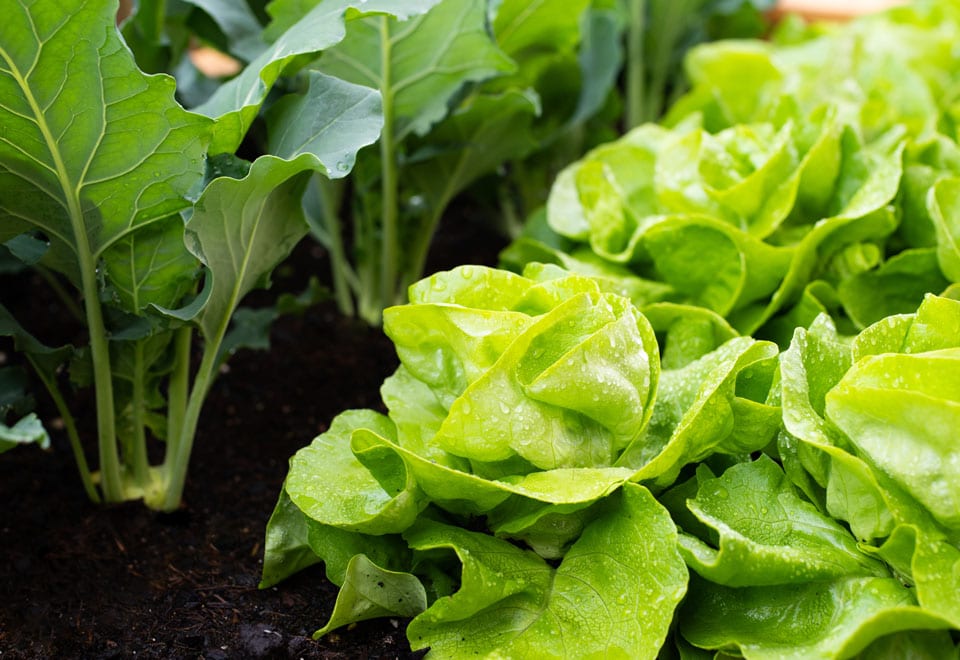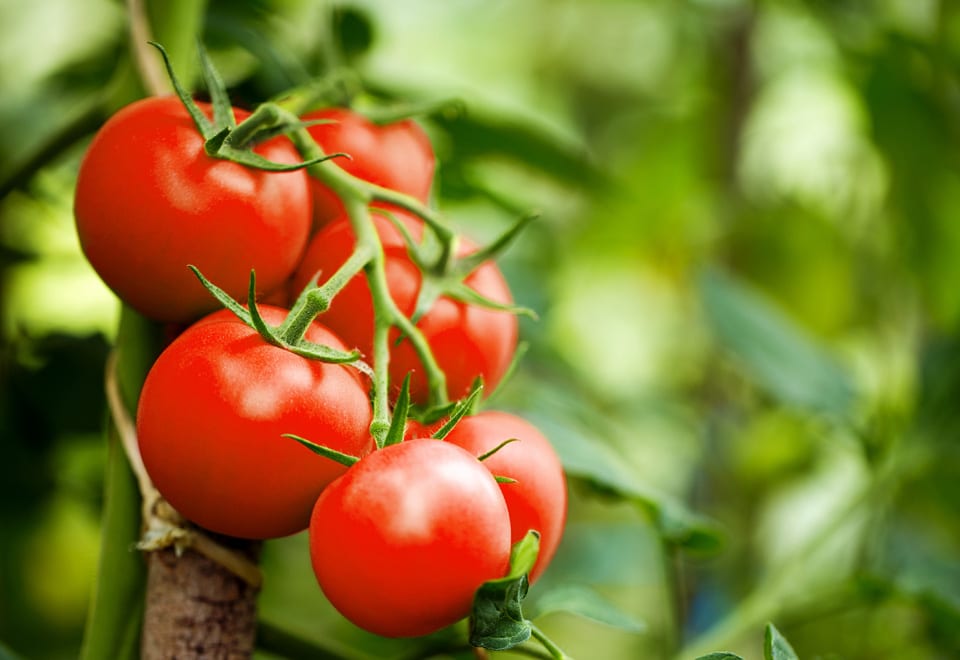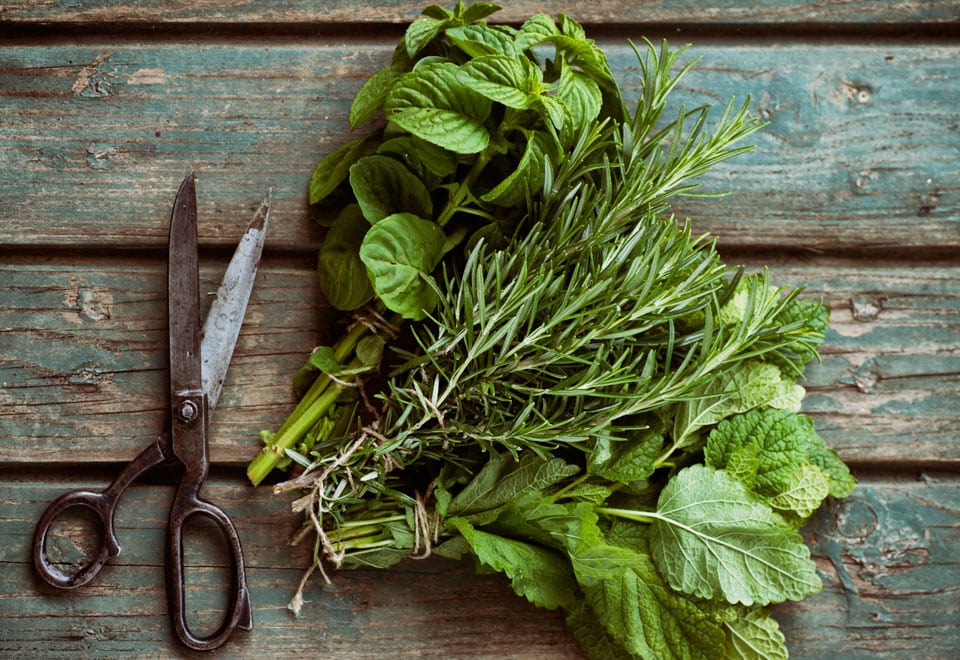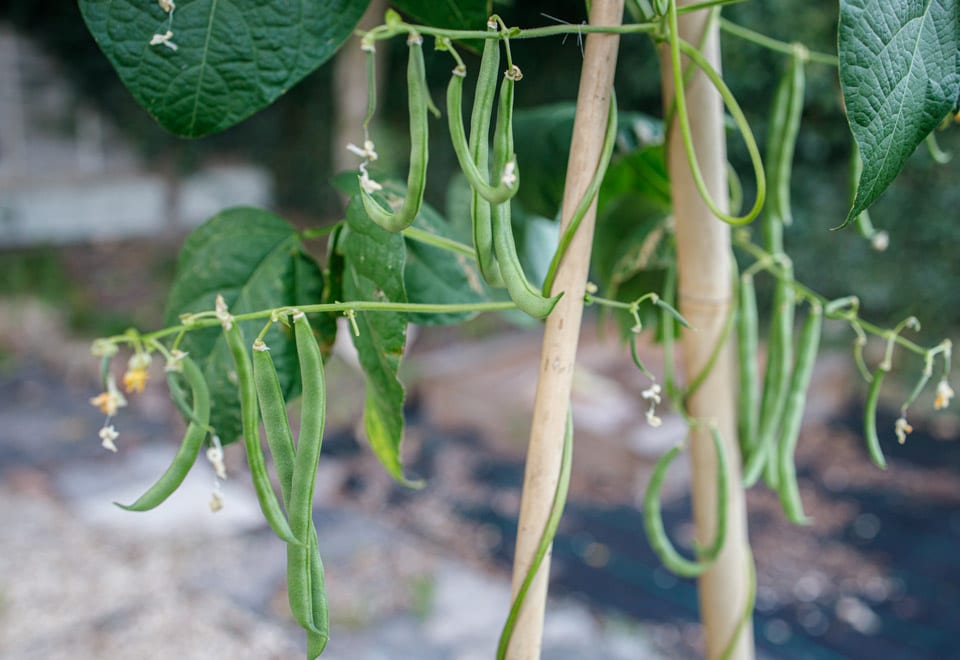The past twelve months has seen an increased interest in produce gardening. Many people who have never tried before, have started to grow some of their own vegies, herbs, and fruits and that is wonderful as nothing beats the flavour, freshness and nutrient density of organically grown home produce.
However, if you have only got a small garden, it is vital to make good choices about the vegies you want to grow. You can be remarkably productive in just a few square metres or less, and even if there is no ‘in ground space’ you can still be highly productive in containers such as pots, troughs or even wall garden unit. My suggestion is to choose ‘good value’ vegetables that are highly productive in a limited space and avoid vegies that take up a lot of space over a long period for just one item, such as the large headed cabbages and cauliflower. Rapid turnover is also important, so as soon as one crop, planting or variety is finished, remove it, improve the soil and plant again. All vegies grow best in rich fertile soil so make sure you get it right before you plant, and don’t let them become stressed for water or nutrition or your crops will suffer.
Here are my top 10 small space vegies:
Lettuces

Loose leaf or ‘cut and come again’ lettuces can be grown all year round. These are best harvested by picking off individual leaves as required even though you can cut the whole head off when mature at around 8 weeks. They can be grown in full sun to part shade but turn bitter if the plants get stressed or are harvested at the end of the day in summer. So, if you want a salad at night in the middle of summer, pick your lettuce leaves first thing in the morning, before the sap which gives them the bitter flavour rises in them. Then pop the leaves in the fridge and they will be ready for you that night.
Spring onions
Spring onions are another which can be grown all year round. These versatile vegies can be used fresh in salads or as a garnish or added to cooking in anything that requires an onion. They take up little room in a vegie patch, so for a constant supply aim to plant a new row every four weeks. Chives are also a great value plant in small vegie plots as they can also be used as an onion substitute in the kitchen and have the added benefit of producing attractive purple flowers which are both attractive in the garden, magnets for beneficial insects and they can be added to salads or stir-fries for a touch of colour. Garlic chives is also handy to give a garlic taste to cooking and has attractive edible white flowers.
Tomatoes

Tomatoes are great summer and autumn crop which is planted in spring and can be grown on stakes, tripod-like frames, or trellis. To get early fruit, the smaller cherry types are best, however if you can squeeze two varieties in, choose a cherry like the delicious ‘Tommy Toe’ and a larger variety. I have been really impressed with some truly dwarf varieties like ‘Patio’ which gets to around 50cm high with large fruits or ‘Tiny Tim’ which is only 30-40cm high with tint fruits. Both have fantastic flavour and would grow ell in pots or ‘Tiny Tim’ would even do well in a window box.
Asian greens
There are so many varieties of these to choose from including bok choy or pak choy, tatsoi, Tokyo bekana and yukina. Individual leaves can be harvested when young or pick the whole head as required as they grow. They will grow in sun or part shade but are best covered with insect exclusion netting to keep the caterpillars off in the warmer weather.
Herbs

Every kitchen needs some basic fresh herbs such as parsley, basil and coriander and these can be planted in between other larger vegies. There are several perennial herbs that can also be grown in confined spaces without getting out of hand like thyme, sage and rosemary. Choose compact or prostrate forms which can then hang down the outside of the bed or pot.
Sprouting broccoli
While many of the large headed varieties take a long time to mature, sprouting varieties will produce many small broccolini-like heads sooner and continue to crop for a longer period. They are available as green or purple broccoli and can be used in cooking or even raw in salads. Even once the small heads start to flower, they can still be eaten. They are planted in autumn for a winter spring crop but are also loved by caterpillars, so if you are not vigilant on hand removal, try using insect exclusion netting during the warmer weather of autumn when they are first planted and spring.
Ceylon spinach (also known as Malabar, climbing or Indian running spinach)

This vegie can be grown up a lattice or frame to minimise the use of ground space when it is limited, and I have even seen it growing in a window box and running up some lattice. It has dark green succulent leaves which can be used fresh in salads, added to stir-fries or steamed as spinach. These grow over the warmer weather and are best grown from seed sown in spring.
Climbing peas
Climbing peas grow well on trellis and can be squeezed into small vegie patches. You can choose from snow peas, sugar snap peas or shelling peas and all taste delicious straight off the vine so the numbers that make it inside into the kitchen are often far less than what was harvested. They are best sown from autumn to spring.
Climbing beans

Even though dwarf beans are quicker to fruit than climbing beans and still work well in small spaces, if you have the ability to grow vertical vegies, then by growing beans at least 2m high up mesh or tripods will give you beans for a longer period. Climbing beans produce at least three times more yield per plant than bush beans. They come in a range of varieties and colours.
Mustards
Small mustards like the mild flavoured mizuna with its attractive dissected foliage and the slender ribbon leafed mibuna, as well as the cut leaf red mustards like ‘Scarlet Frills’ or Flame tree’ add a touch of zing to a salad or stir-fry. They can be planted at any time of year and can be harvested from when the plants are quite young and the leaves are small, till the plant matures.




